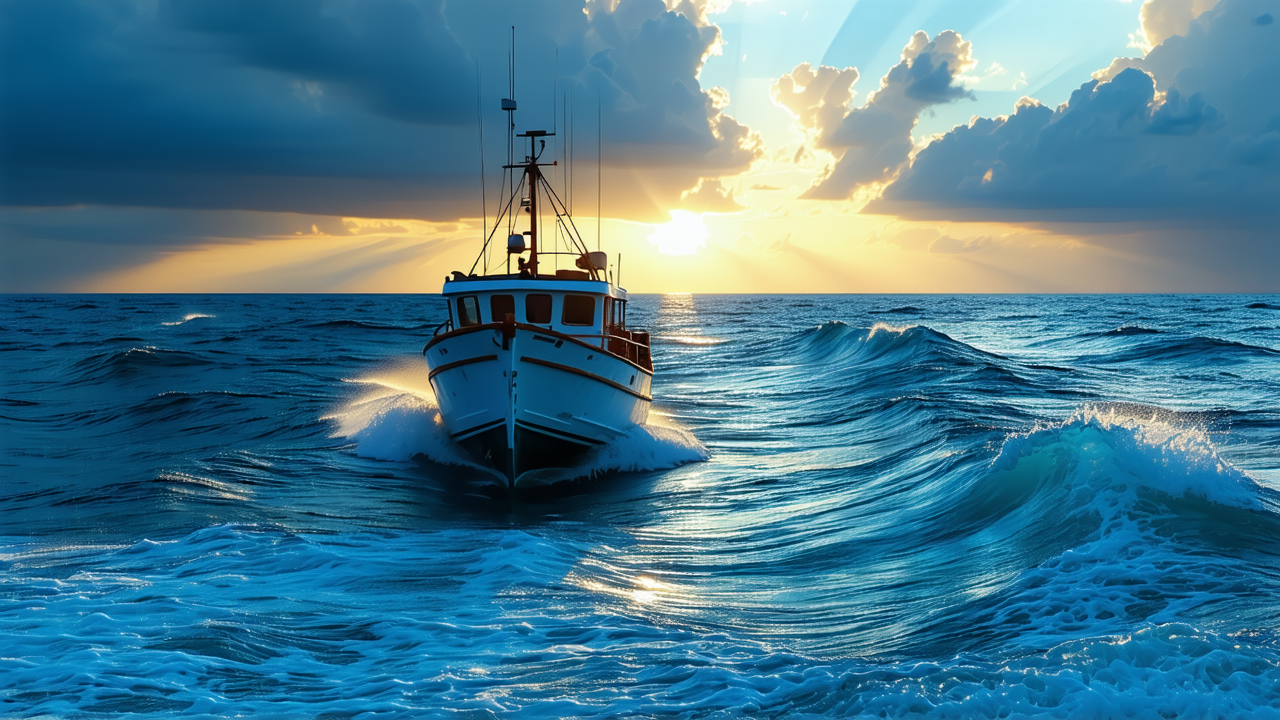Fisheries Act Reforms Aim to Boost Catch Limits, Shield Onboard Camera Footage
Fisheries Act Reforms Aim to Boost Catch Limits, Shield Onboard Camera Footage
Significant changes to New Zealand’s Fisheries Act are set to be introduced later this year, with the goal of enhancing the sustainability and growth potential of the fishing industry. The reforms, announced by Oceans and Fisheries Minister Shane Jones, will allow for more flexible catch limits depending on fish population fluctuations and will keep onboard camera footage confidential, avoiding public scrutiny.
Under the new rules, certain fisheries will be able to automatically adjust catch limits in response to changes in fish abundance for up to five years. This shift aims to streamline the current process, which Jones described as slow and overly bureaucratic. The reforms are expected to facilitate quicker responses to both abundance and scarcity of fish stocks, while still maintaining scientific evaluation and consultation as part of the process.
"These changes are the most significant reforms to the Fisheries Act for decades and they reflect my commitment to the success of our fishing industry," Jones said, emphasizing the industry’s annual export value of around $1.5 billion. The reforms are designed to help the sector achieve its "enormous potential for sustainable growth."
One of the most notable aspects of the proposed reforms is the removal of onboard camera footage from the scope of the Official Information Act. While this means that the footage will not be made public, it will still be used for fisheries management purposes. Over 150 vessels have already been equipped with cameras since the previous Labour government's initiative to address under-reporting of bycatch, particularly of species like penguins, dolphins, and seals.
Jones argued that the change will protect the privacy and confidentiality of fishers conducting their legal business. He emphasized that illegal fishing should be addressed in court, not in the "court of public opinion."
"Fishers won't need to worry about private or commercially sensitive footage being publicly released and either deliberately or unintentionally misconstrued," Jones said.
Other aspects of the reforms include new rules around when fish must be landed and when they can be returned to the sea. Fishers will have more discretion in deciding whether to land or discard relevant catch, provided the catch is monitored and accounted for under the Fisheries Act.
An amendment bill is expected to be introduced later this year, with opportunities for public feedback during the select committee process.
While the reforms have been welcomed by some industry stakeholders, environmental groups have raised concerns about potential impacts on marine biodiversity and the effectiveness of current monitoring systems. The balance between economic growth and environmental protection will be a key point of discussion in the coming months.
As the proposal moves forward, it remains to be seen how these changes will shape the future of New Zealand’s fishing industry and its relationship with marine conservation efforts.
